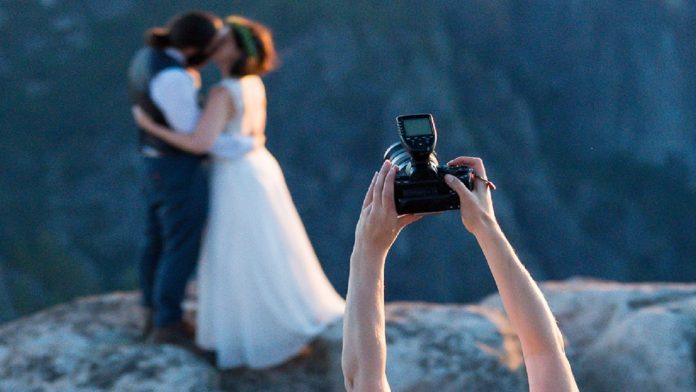Off-camera flash photography is used to get photographs with more artistic and natural effects with more control. Here this guideline will start from the basic knowledge of off-camera flash and lead you to the advanced ways of using it.
Understanding Off-Camera Flash
Off-camera flash is a method of positioning your flash equipment away from the camera to enable more control of lighting. Off-camera flash is not the same as on-camera flash which gives flat and bright light; off-camera flash allows you to shape and direct light to give depth, texture, and mood to the photograph. This technique is very important in portrait photography, events, and any occasion that you want to control and change the light.
Essential Equipment
To effectively use off-camera flash, you’ll need some key equipment: To use off-camera flash you will need the following equipment:
External Flash Unit:
Choose a flash unit with output control and through-the-lens TTL metering. TTL is useful in changing exposure, and this makes it easier to achieve the right kind of lighting.
Wireless Triggers:
These devices allow you to have a sort of remote control on your flash. When it comes to the range, the wireless triggers are more reliable and efficient as compared to the optical triggers.
Tripods and Light Stands:
It is recommended to attach your flash to tripods or light stands so that it does not fall over. These tools provide support and let you change the position and angle of the light source.
Setting Up Your Off-Camera Flash
Positioning:
It is advised to take the pictures from different angles and different distances from the subject. The most common placement is to aim the flash at 45 degrees to the subject’s face, above the eye line.
Balancing Light:
To achieve balance, you should regulate the power of the flash and other limits of your camera. In shooting, turn off the auto mode of your camera and set it to manual mode to enable you to control the shutter speed, aperture, and ISO.
Using Modifiers:
Secondary changes should be made to the flash to control the quality of lighting. Softboxes and umbrellas diffuse the light and make it go further across the subject. It is recommended to switch between different modifiers to see how they affect the mood and the texture of the photos.
Techniques for Various Scenarios
- Portrait Photography:
For nice-looking pictures, it is recommended to use a soft box or umbrella to soften the flash. Position the light source above and to the side of the subject to get soft shadows and highlight the face without going overboard.
- Event Photography:
In a dynamic event environment, one should use several off-camera flashes to light up various areas and create a dynamic feel. Adjust the power and position of each flash to get the energy and the mood of the event.
- Outdoor Photography:
When shooting in an open environment, an off-camera flash should be used to illuminate the dark areas and balance the light intensity of the subject with that of the background.
Conclusion
Off-camera flash photography is a very vast area that requires one to learn and understand, how the equipment is to be used, and test various circumstances. In this way, the quality of the photographs improves due to creative and professional lighting through repetition and experience. Admit that off-camera flash is more versatile, gives more control, and allows you to search for new ways to illuminate the subject and scenes.











